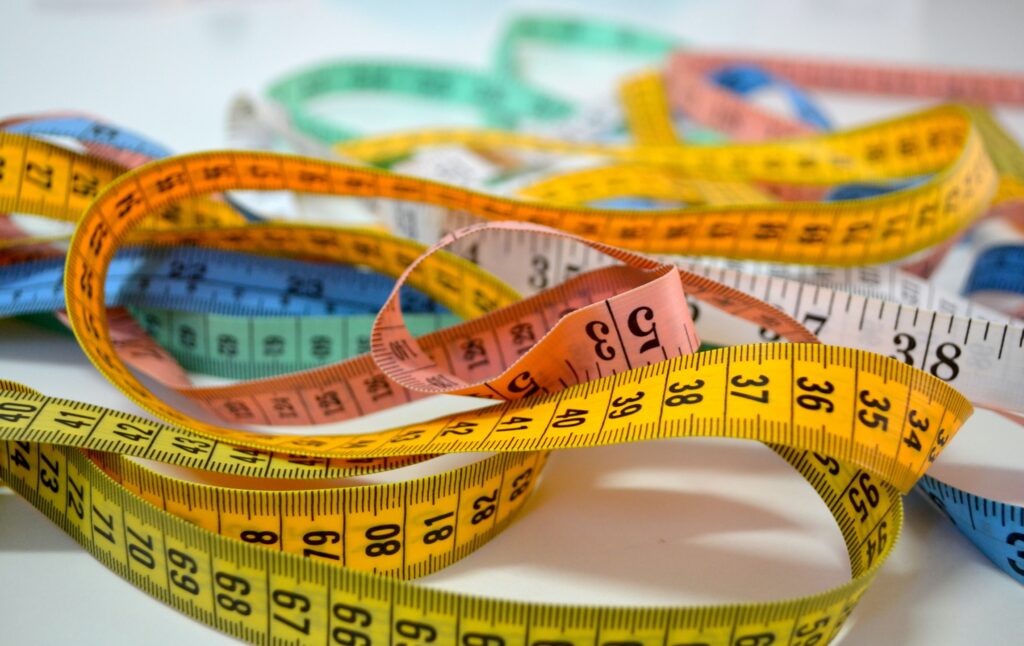
Growth requires time, patience, effort.
In the year of COVID-altering life, the kids have grown: inches and curls, muscle and curves, deep voices and hair under arms, on faces and thick on legs. They sit next to me in the car with big knobby knees and man-sized bones. Our granddaughter is speaking in almost coherent sentences. She chooses her own clothes, helps cook, clean, do laundry. I can’t list all the words, colors and numbers she knows. The tiny nugget she was at birth is hardly recognizable in the curly-haired, long-legged almost two-year-old who slides and swings with abandon.
I am too old for such measurable growth. My months and years are now counted in new gray hair, skin that isn’t as supple, in sunspots and freckles on my arms and face.
Some of my growth has stalled. I still care more than I should about what people think. Writing rejections cut deeper than they should; healing from those wounds takes longer than it should. I still see things more black-and-white, leaving little for all the grey in life. I still struggle with forgiveness; I hold my hurts and wounds too close for too long.
But.
As the kids grow into unrecognizable almost-adults, I am growing too, just not as perceptively and not as easily celebrated.
In the last year, I committed to my health and though my weight hasn’t changed, my energy and confidence have grown. I have refocused on my faith, spent more time in the Word than I ever have, and feel like I know God better. I am more aware of my weaknesses, more likely to apologize for my mistakes, more likely to turn to God when I need something instead of relying on people to fill that void.
I marvel over the fact that we’re already preparing a second COVID Easter, that a year has passed with so much altered in our day-to-day. But I also see this time as a measuring stick of growth and change in our kids, in me, in life, and I am grateful for the awareness that might have been lost had we kept going with the COVID-free status quo.